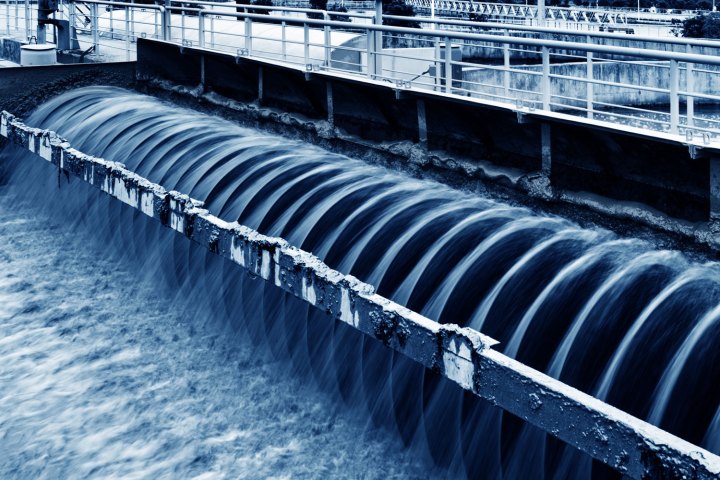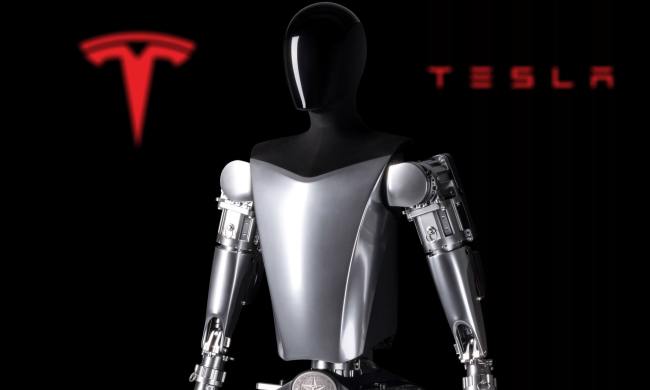
Developed by Daniel Yeh, an associate professor of engineering at the University of South Florida, the device is designed to kill two proverbial birds with one stone — generate power while cleaning wastewater, simultaneously solving the global need for water and sanitation. The off-grid device was recently awarded a $1.14 million grant from the Bill & Melinda Gates Foundation, which will help install the next generation of the device in Durban, South Africa.
Yeh began developing the NEWgenerator through his research on anaerobic membrane bioreactors (AnMBRs), a technology that turns sewage into biogas, which can later be used to generate electricity. Regarded as a sustainable means to treat wastewater, AnMBR is especially promising for developing regions, where water sanitation problems are most prevalent.
“I believe that it has great potential for accomplishing high performance, small-scale wastewater treatment and water recycling, bypassing vast, expensive sewer networks that are difficult to achieve in many developing countries,” Yeh told Digital Trends. “The NEWgenerator is a way for us to engineer the AnMBR into a compact, solar-powered, mini container form factor and represents the embodiment of 15 years of research on this technology.”
Beyond extracting energy, the NEWgenerator also recovers nutrients like nitrogen and phosphorus from the urine and fecal matter found in wastewater. Those nutrients could then be used as fertilizer. Though these nutrients would otherwise be recycled naturally, it would take much longer, according to Yeh. “We essentially accelerate what nature would do, with the help of engineering,” he said.
In a 2015 project, Yeh and his team field-tested a compact version of the device for a year at a school in India. “During this entire period, the NEWgen operated solely on solar energy and provided wastewater treatment and water recycling at a rate of over 100 uses per day,” he said.
Yeh and his team will now use the two-year, $1.14 million grant to begin installing improved NEWgenerators in developing regions, where sewage infrastructures struggle to keep up with increasing amounts of waste. But the researchers also think the technology could help in remote regions around the world that lack connected sewage systems.


